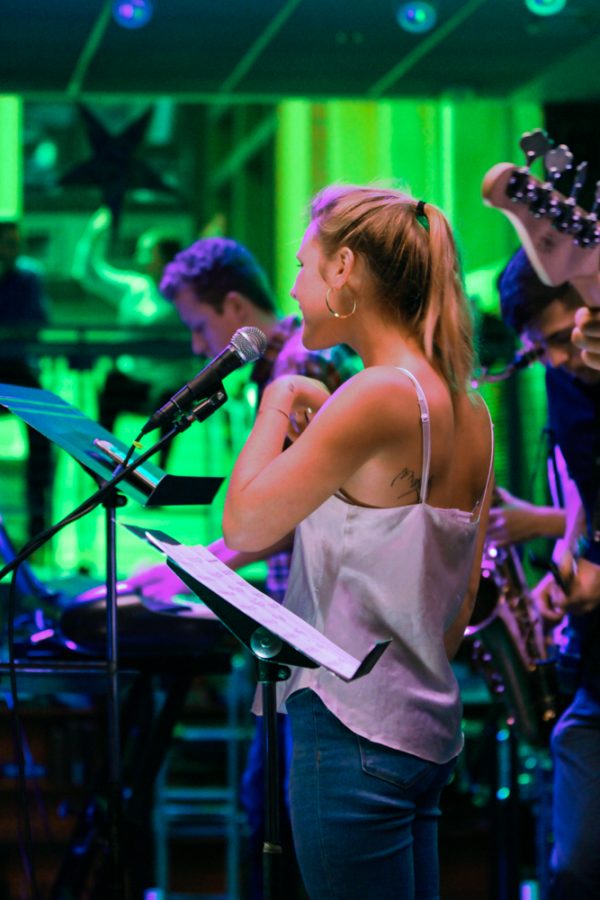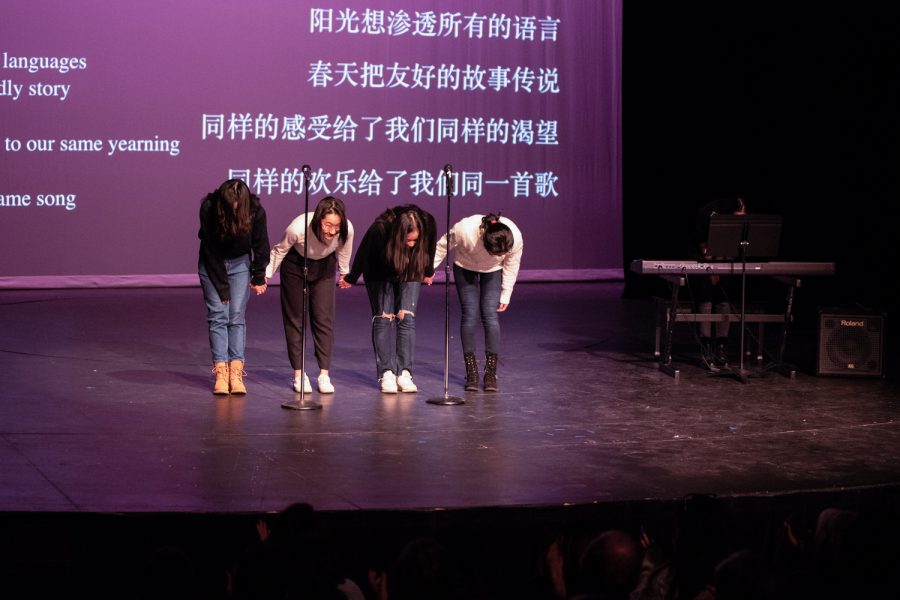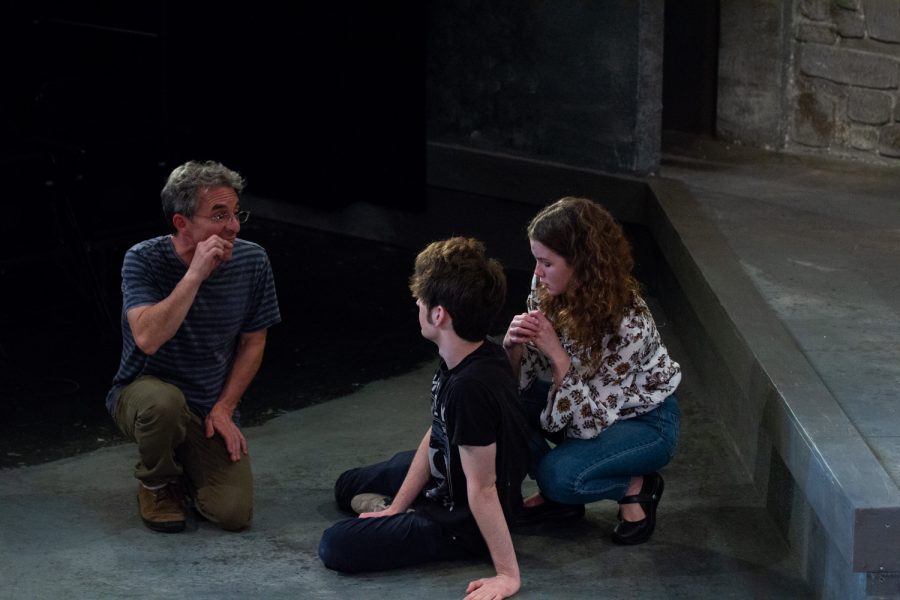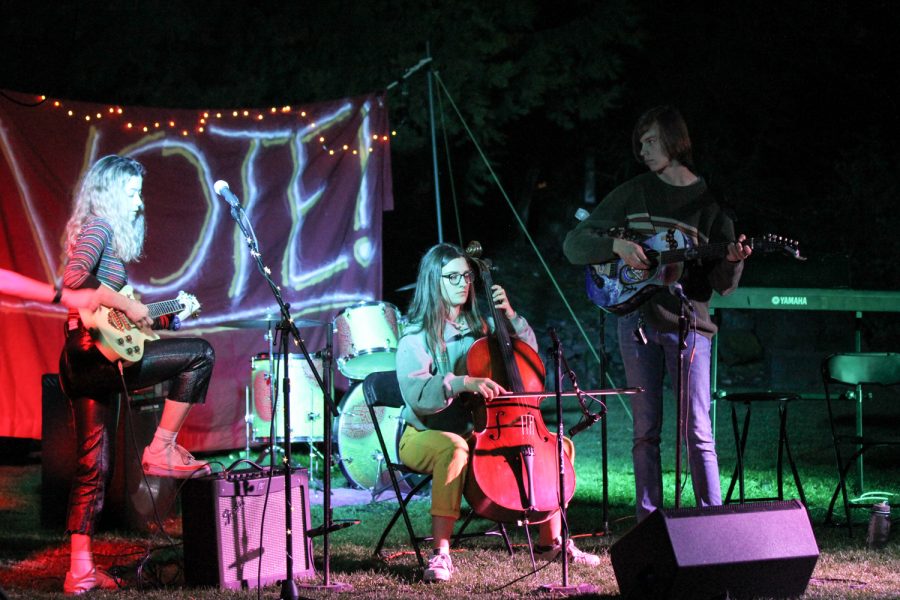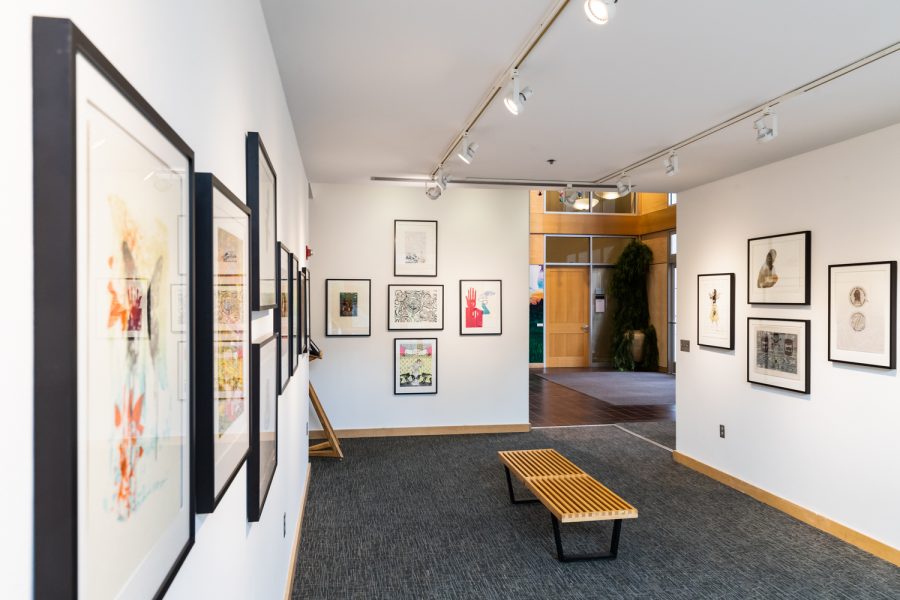Two miles west of the Whitman bubble lies the Walla Walla Foundry. Functioning as an outdoor sculpture garden, gallery and wood shop as well as art and photography studio, the Foundry continues to prosper after 31 years of business: thanks to Whitman alumnus Mark Anderson ’78.

Meeting The Pioneer at the Foundry, Anderson spoke about his time at Whitman, his career as a sculptor and the start-up of his business. Anderson entered Whitman with thoughts of becoming an economics major, but soon realized his love for art in his sophomore year.
“I was good at art, I fit in and I could see myself developing as an artist. I’d always drawn. I’d always made things. So working with my hands was something that was interesting to me. Things just fell into place,” said Anderson.
While a student at Whitman, Anderson crossed paths with Mike Hayes, a Walla Walla resident in the process of establishing his own art foundry.
“I helped him start his company. From the ground up, I was exposed to what it was going to take to have an art foundry,” said Anderson. For about a year and a half, Anderson worked full-time at Hayes’ foundry and went to school part-time. “I felt strong enough about learning that it was worth it to me to do two things at once. It wasn’t just a summer job. I was able to determine from this that I really had a love and a fondness for contemporary art.”
After graduating Whitman, Anderson worked as a teacher at Walla Walla Community College and as a technical and art installation assistant at the Olin Art Gallery at Whitman. When the Olin gallery put on an exhibition of contemporary sculpture works by Manuel Neri, Anderson introduced himself to the sculptor and later wrote a letter to Neri, asking if he could assist on sculpting projects. To Anderson’s surprise, Neri gave him work. Anderson’s work with Neri served as the inspirational and fiscal basis for the establishment of the Foundry.
“It all started from what you call bootstrap enterprise, which means essentially to just work with what you had,” said Anderson.
What started as a business endeavor to help Anderson make ends meet as he worked on his career as a sculptor soon transformed into a full-time passion.
“I ceased being an artist without any qualms even though I had been on a fairly successful path as a sculptor. What I really enjoyed was working for other people, helping them technically to achieve their own ideas,” said Anderson.
Now, the Foundry employs nearly 80 people.
“I truly believe I couldn’t have done what I did without attending Whitman,” said Anderson. “My education in art and my understanding of contemporary art is based on what I learned in college. Without that understanding, I don’t think people would have taken my passions seriously.”
Anderson’s creative relationship with Whitman continues. Recently, Anderson recycled the cement walls of the old Sherwood Athletic Center into a striking new art installation at the Foundry.

“With the renovations in 2008, they were going to get rid of the cement façade, and so [Anderson] took possession of them and had them hauled away,” said Whitman Interim Media Relations Officer Gillian Frew. “He really likes using recycled materials for art. I don’t think he paid for it. He said, otherwise they’d just be filling a landfill; they were going to be discarded.”
“I think it’s a perfect fit,” said Whitman Communications Director Ruth Wardwell. “The way he’s treated the walls, or the sections, make it really attractive. It provides a really aesthetically pleasing backdrop to the sculptures, and to the whole space there, and it’s unique.”
The Foundry has provided casting for famed sculptors and artists such as Jim Dine, Richard Prince and Deborah Butterfield. Butterfield, who created the iconic Whitman horse known as “Styx,” will be visiting Whitman on Tuesday, Oct. 4. Styx’s twin provides company for Anderson at the Foundry, while the Whitman alum keeps his creative forge burning bright.






